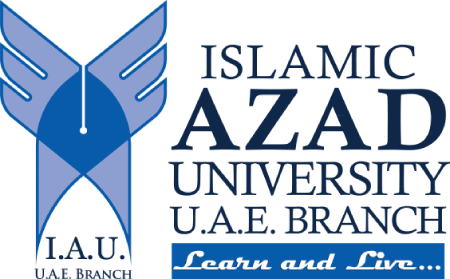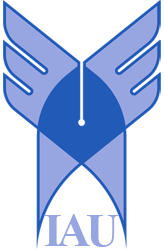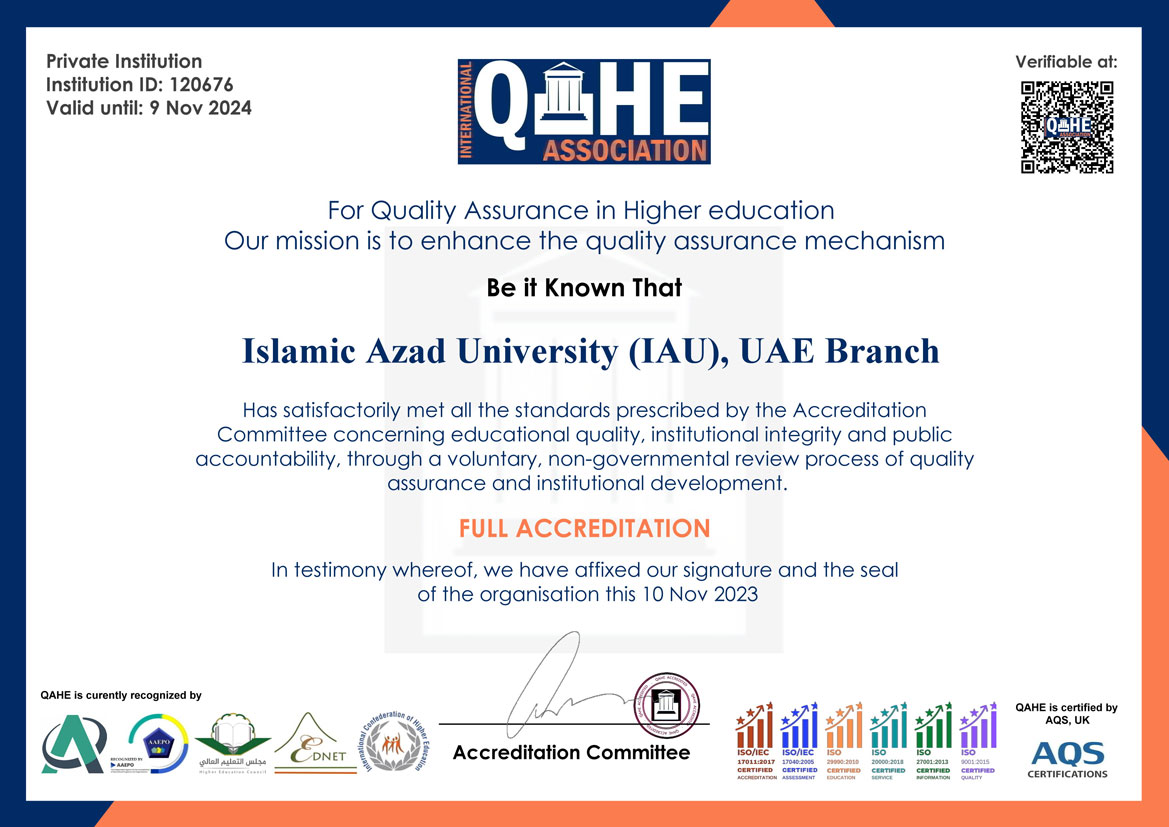Education Compliance and Quality Assurance
Traditional teaching approaches have tended to focus on transmitting information from instructor to student. The constructivist approach in education implies that instructors need activities for students that foster experiential learning. Students could learn more effectively when they experience and are engaged in learning
(Satariyan & Reynolds, 2015)
Higher Education in Iran
The world’s most ancient writing system to date, known as Jiroft Inscriptions, has been unearthed, yet not deciphered, from a five-millennium old archaeological site in south-eastern Iran. Formal education is one of the many gifts that a writing system brings, and the myriads of clay tablets uncovered from Susa prove the organised existence of schools in ancient Persia. The Academy of Gundishapur, founded by the Sassanians, is also believed to be one of the world’s oldest centres for higher learning.
However, modern higher education did not begin in Iran until a Qajar vizier, Amir Kabir, established Dar ul-Funun (House of Techniques) in Tehran in 1851. It was a polytechnic centre for higher learning that transformed into the University of Tehran in 1934. As one of the most prestigious and productive universities in the region and the world, the University of Tehran laid the ground for establishing more modern universities in the country. When the Islamic Revolution happened in 1979, Iran had 16 state universities seating around 150,000 students.
The post-revolutionary Iran witnessed an exploding youth demographic demanding more higher education institutions offering tertiary education. The privatisation of universities began with establishing Islamic Azad University in 1982. Soon after, other private universities followed suit, and, over the past four decades, Iranian higher education has been mainly on a massification trend in consonance with the likewise global trend. According to the figures released by ISNA and Mehr news agencies, the number of Iranian university students in the 2016-17 academic year stood slightly above four million students studying in over 2500 state and private universities.
Due to the demand for higher education in Iran, the applicants need to sit a national entrance exam, known as Konkoor, which is taken once a year in late June. The results are announced in August, and the candidates opt for their desired universities and fields of study as per their overall performance and rank in the test. Sanjesh Organisation is one of the subsidiary centres of the Ministry of Science, Research, and Technology that is the responsible body for generating and conducting the test and screening the candidates.
After the revolution in 1979, the universities were closed down for a couple of years. The Supreme Council for Cultural Revolution was tasked to ensure the education provision complies with Islamic culture and teachings. The Council, chaired by the Iranian president ex officio, is the highest body that formulates the general guidelines for the higher education provision and is the sole body that ratifies the establishment of higher education institutions in Iran. Also, the Supreme Council for Cultural Revolution is the body that officially approves and endorses the presidents and rectors of the universities in the country.
At the governance level, two ministries are responsible for providing higher education in the country. Ministry of Science, Research, and Technology (MSRT), formerly called the Ministry of Culture and Higher Education, governs the non-medical fields of study, whereas the Ministry of Health, Treatment, and Medical Education regulates the provision of medical sciences.
The two ministries shoulder the responsibility of developing and notifying the curricula, syllabi, and other program launching requirements. Upon meeting the required standards for launching a program, the applicant universities, state or private, are accredited by the respective ministry to admit students. The universities can award degrees only for the programs that have been certified by the MSRT. The universities have to abide by the curriculum details developed and stipulated by the specialised ministerial committees for each major. Recently, the curriculum revisions at the ministerial level have gained a favourable speed contributing to more up-to-date curricula.
Nonetheless, to keep abreast of the latest achievements in higher education evaluation and quality assurance, it seems necessary for developing nations to establish external private agencies to independently monitor the academic activities of the numerous HEI’s according to the novel standards. This would, in turn, strengthen the internal QA units to assure and enhance the quality of teaching and learning university-wide. The rationale for a change of this sort comes to the fore when a local institution is exposed to a standard regulatory body at the international level, such as the case of the IAU-UAE Branch.
Islamic Azad University is the third-largest university globally regarding the enrolment numbers display. It is a non-governmental, nonprofit Iranian higher education provider established in 1982 as the first private university in the post-revolutionary Iranian academia in response to a need for higher education. At the juncture of post-revolution times and the imposed war against Iran, the emergence of Azad University was of vital social importance. Today, IAU has educated and trained much of Iran’s experienced workforce.
Over three decades and a half, IAU has ramified into 400+ branches throughout Iran and four branches abroad. All the branches shall comply with the rules, regulations, and by-laws stipulated and mandated by the Central Organization of IAU, headquartered in Tehran’s capital. The university receives no funds from the government and runs merely on the tuition fees and sporadic donations from the philanthropists.
Apart from the then social and cultural aptness for the expansion of IAU throughout the nation, one primary other reason behind IAU’s extensive growth lies in the integrated, centralised system of management launched and run by its first president, Dr Abdollah Jassbi, who was in office from 1982 to 2012. Over the past six years, IAU has had five different presidents.
The incumbent president of IAU, Dr Mohammad Mehdi Tehranchi, attempts to shift the focus at IAU from increasing the enrolment numbers to enhancing the quality of education and boosting the knowledge-based economy through creating a balance between centralised and decentralised decision-making.
To facilitate and expedite the academic and administrative activities of the branches across the country, the university has delegated partial authority to 31 provincial secretariats for managing and monitoring the branches in their respective provinces. The international branches abroad are under the direct supervision of the IAU’s Central Organization and communicate through the Directorate for International Affairs. However, the academic issues are communicated with the Office of Vice-President for Academic Affairs and Graduate Studies and its dependent directorates.
The intricate system of managing this mega-university has been conducive to 10 volumes of handbooks comprising the rules, regulations, by-laws, manuals, directives, circulars, and notifications related to the various sections of Planning and Knowledge-based Economy, Academic and Graduate Studies, Research and IT, Finance and Administration, Sports, Medical Sciences, International and Parliamentary Affairs, Testing and Admissions, Constructional Development, and Student Support and Cultural Affairs.
The university’s scope of educational and research activities concerning the academic programs and courses is determined by the permits issued by the Higher Education Development Council at the Ministry of Science, Research and Technology. IAU’s Central Organisation receives the program approvals and details from the ministry and communicates them with its 400+ branches across the country. The system for admission to the university is via a national entrance exam, where the applicants are being screened based on their performance in the exam. A couple of years ago, a new scheme for admission based on high school GPA had also been introduced to the Iranian higher education system. This scheme usually applies to less popular programs among the higher education candidates and those offered in smaller universities.
The vision of IAU for the upcoming years, set by the board of trustees, is to leverage the successful local experience of higher education infrastructure development to focus on quality improvement and internationalisation. Accordingly, IAU’s International Affairs Steering Committee has outlined the following areas as the focal points for the internalisation process:
- a) Students: to provide students with opportunities to acquire state-of-the-art knowledge and obtain international experience through student exchange, conference participation, and conducting joint research projects;
- b) Faculty: to grant faculty members the chance to expand their expertise and skills at an international level through professor exchange programs, sabbaticals, joint research projects and publications with global peers, taking active participation in the outstanding world conferences;
- c) Curriculum: to build on the international experiences in the field of innovative curriculum design and to reinforce the course contents as far as the university authorities allow;
- d) Standards: to implement internationally-recognised quality assurance standards in evaluating and strengthening the academic performance throughout the IAU branches and, consequently, winning more international accreditations for selected branches and programs.
The above vision seems entirely in conformity with the new developments underway at IAU-Dubai to carry out a standard, effective IQA system. The outcomes of our efforts can best serve as a booster to realise the standardisation and quality assurance aspirations across IAU in general.
Higher Education Quality Assurance in Iran
Positioned in the Supreme Council for Cultural Revolution, the Authority for Scientific and Cultural Supervision and Assessment was formed on March 19, 2001. The authority was initially missioned to develop assessment criteria and indicators for reviewing and evaluating the portrait and status of higher education in Iran, its merits and challenges at two levels of macro-assessment (national and international) and micro-assessment (benchmarking the domestic universities against one another). The indicators are quantitative and qualitative designed to assess the inputs, processes, outputs, and outcomes. In doing so, the authority has devised a complete roster of assessment indicators over a five-stage action plan covering sections as varied as academic, research, student support, culture, and facilities.
Based on these indicators, the Ministry of Science, Research, and Technology has developed several forms for conducting systematic external audits for the first time in Iran. The forms have been tailored for various types of universities in the country. Appendix E depicts the translated-into-English forms devised for auditing IAU Branches. The ministry has recently launched a new centre for Oversight, Evaluation, and Quality Assurance (https://nezarat.msrt.ir).
A portal at the Islamic Azad University has been developed to supervise, inspect, and address the Complaints works and reports directly to the IAU President (https://bazresi.iau.ir). The centre, however, carries out activities only on a centralised basis and is located at the Central Organisation of IAU.
There are some by-laws concerning the Performance Evaluation among the existing IAU rules and regulations booklets. The prevailing principles and values defined in the Manual for Performance Evaluation are transparency, prevention from an academic standstill, a unified method of data collection, comparing the performance of the branches, meritocracy, encouraging academic competitiveness, promotion of the academic and administrative staff, providing a basis for a reliable SWOT analysis, laying the ground for evidence-based decision-making.
IQA models in place at the Iranian HEI’s are domestically devised under the guidelines provided by the ministries in charge of higher education. The IQA model that IAU has evolved comprises 98 indicators that evaluate quantitative and qualitative criteria. The Central Organization conducts the appraisals twice a year upon whose analytical report the branches undergo promotions, demotions or modifications.
Over the past century, Iran’s traditional, centrally-governed higher education system has graduated many world-acclaimed researchers, experts, and practitioners. However, the non-existence of an external, independent QA agency in the sphere of Iran’s higher education system has seemingly translated into the inefficiency of the internal procedures to maintain or enhance the academic quality in the new sense of the term. Concurrent with a global trend, the massification of higher education in post-revolutionary Iran has led to an imbalance between quantitative and qualitative growth. One primary reason behind the vitality of external accreditation bodies is that the universities’ survival, in the long run, relies heavily on being competitive and up-to-date in offering quality academic services to the clients, who increasingly grow more vigilant of their rights. Internal quality assurance units, too, play a pivotal role in harmonising the activities of the HEI’s towards the organisational, social, and global goals.
Under such circumstances and upon the KHDA recommendation, IAU-UAE made the first stride and launched a Quality Assurance (QA) Department at the branch university. This was a bold move, and the necessary correspondences have been made to the Office of Vice-president for Academic Affairs at the IAU’s Central Organization requesting to create a formal position for such a unit in the organisational chart of our branch.
The Education Compliance and Quality Assurance department is a directorate tasked to work in close collaboration with the vice-chancellors for Academic Affairs, Research and IT, Finance and Administration, and their respective subsidiaries to develop a comprehensive QA Manual against the performance of each unit is to be monitored and evaluated. In doing so, we shall pay attention to composing a contextually-fit-for-purpose handbook that would reconcile our existing, centrally-decreed rules and regulations with the standards and requirements stipulated in the UQAIB’s Quality Manual.
To improve the Islamic Azad University- UAE Branch ranking within the region by 2023
Via active engagement of each stakeholder (students, personnel, academic staff, alumni, external peers, leadership, and employers) in the continuous betterment of the learning/teaching experience, the IAU education compliance and quality assurance department aims to standardise, monitor, and internally assure the quality of the academic activities at the IAU-Dubai in the following sectors:
- Raising awareness about educational quality and fostering the quality culture throughout the university
- Benchmarking IAU’s academic activities against the best practices in the world
- Ensuring compliance of the academic activities and administrative processes with the IAU rules and regulations
- Encouraging all the stakeholders to conduct critical self-evaluation of their duties to make suggestions on how to improve the work environment
- Developing guidelines and formulating checklists based on reconciling the existing IAU regulations with the internationally standard policies and procedures
- Boosting the quality of program delivery upon improving the productivity of the academic staff
- Devising, administering, and analysing new surveys (course evaluation, instructor evaluation, graduation satisfaction, overall service quality) to collect information about the status quo and to decide about how to enhance the quality
- Revising the curricula and syllabi together with HEP Home professors based on learning outcomes
- Aligning the program learning objectives and course learning outcomes,
- Incorporating systematic formative assessment tools into our pedagogical system
- Developing a system for the moderation of assessments both internally and transnationally
- Diversifying and organising the channels through which the students can give and follow up their feedback
- Providing reliable reports and evidence about the status of the academic quality for decision-making at the leadership level
- Paving the ground for systematic external review by peers and international accreditation bodies
- Authoring a Comprehensive Internal Quality Assurance Manual that effectively balances the centralised and decentralised policies and procedures

About the Director
Dr Adnan Satariyan holds a PhD in Education from the University of Tasmania (UTAS) in Australia. He is specialised in learning/teaching, literacy education and curriculum development. He joined the IAU-UAE Branch in August 2020 as the Director of Education Compliance and Quality Assurance.
+971 4 567 4607
adnan.satariyan@iau.ae





